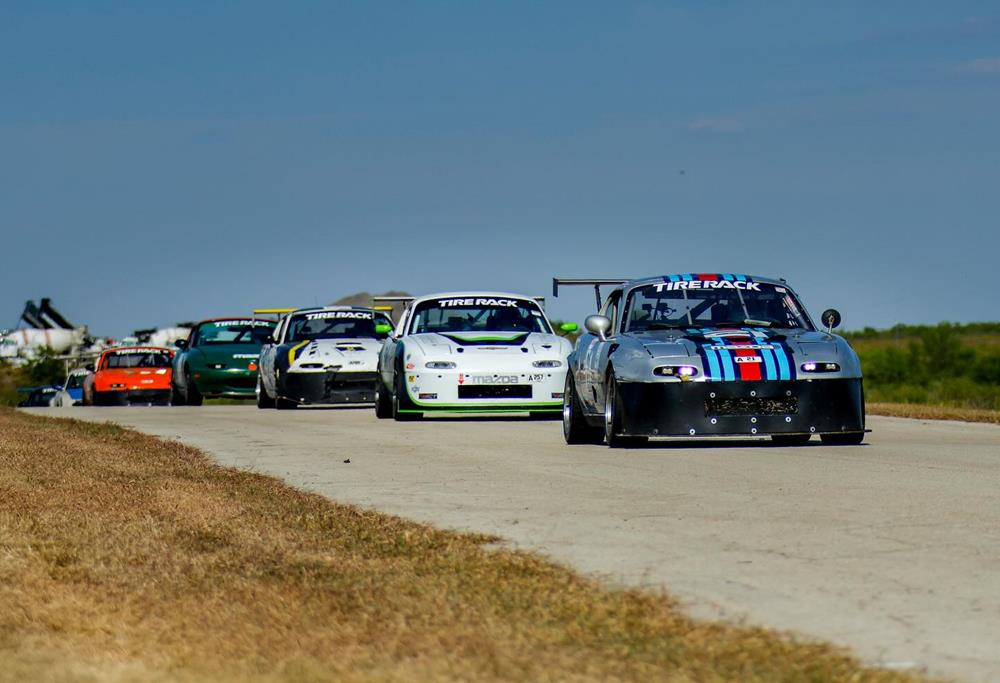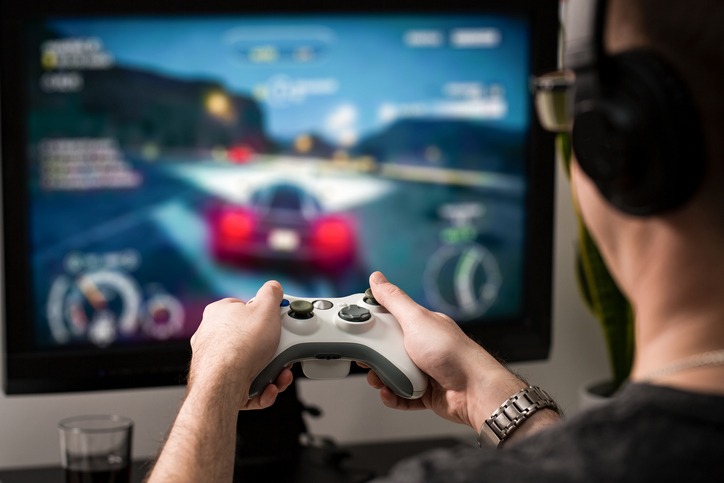San Antonio’s Racing Scene: From Car Meets to Drone Duels

San Antonio's racing scene has broadened from risky street activity to diverse, sanctioned motorsports. You'll find community car meets that spotlight modified vehicles in safety-minded, organizer-led settings.
Legal alternatives now span indoor karting, dirt-oval Saturdays just south of town, regional HPDE/time-attack days, and a fast-growing MultiGP drone community with standardized courses and structured classes. Racing enthusiasts can explore how technology continues to elevate these experiences.
The Evolution of San Antonio's Street Racing Culture
https://www.youtube.com/watch?v=d_tDcwNKxIY
While some enthusiasts recall downtown temporary street races in the late 1980s that brought pro series to San Antonio, that brief era was only one chapter in the city's complex motorsports history. Those events ended due to costs and logistics typical of street circuits.
Today's landscape looks different. Illegal street takeovers and unsanctioned racing still occur and draw enforcement, with periodic crackdowns leading to arrests and vehicle impounds. The behavior has shifted in many cities toward blocked intersections, spinning and drifting, rather than simple rolling drag runs—activities that carry real risks of injury and property damage.
In response, local agencies pair targeted enforcement with education and outreach, while promoting safer, legal venues. Texas has strengthened penalties for street racing and reckless exhibition, pushing participants toward sanctioned options.
Inside the City's Car-Meet Scene
Beyond the track, San Antonio hosts a vibrant car-meet culture that serves as a social hub for enthusiasts. You'll see gatherings where JDM builds, American muscle, and classics park side by side, with everything from tasteful OEM+ mods to high-horsepower setups drawing crowds.
Organizers increasingly emphasize codes of conduct—no burnouts, no revving battles, and respectful exits—to keep events family-friendly and venue-approved. Many meets partner with local businesses, bringing weekend traffic to coffee shops, food halls, and retail centers while keeping the focus on community and safety.
This shift toward structure has helped move meetups from a gray area toward legitimate cultural events that celebrate the creativity of the automotive scene.
From Streets to Tracks: Legal Racing Alternatives

As unsanctioned activity drew concern, San Antonio's legal options diversified. Instead of the now-closed Alamo City Motorplex, drivers lean on a mix of nearby circuits and formats:
- I-37 Speedway (Pleasanton) for dirt-oval stock-car action on weekend nights.
- Harris Hill Raceway (San Marcos area) hosting HPDE, track-day, and time-attack events within an easy drive up I-35.
- SCCA-style autocross on large paved lots around the metro, emphasizing precision and car control with safety marshals and timing.
- Indoor karting—think K1-style electric karts and Andretti Indoor Karting & Games—for tight, timing-based racing with printed lap times and leaderboards. These outlets give drivers the competition they want—under tech inspection, safety gear, corner workers, and proper timing systems.
Together, these choices show how sanctioned racing channels adrenaline into skill-building and fair competition.
Drone Racing Takes Flight: The MultiGP Community
View this post on Instagram
Three drivers power San Antonio's drone-racing momentum: capable gear, friendly entry costs, and an active local chapter. MultiGP's standardized UTT (Universal Time Trial) courses let pilots compare times globally while flying locally. Chapters host practice days, qualifiers, and league nights, with classes that commonly include Open/5-inch, Spec, and Tiny-Whoop categories.
The scene is notably welcoming. Mentors help new pilots tune rates, understand video systems, and learn safe field etiquette. Ties to STEM programs introduce students to soldering, CAD, and firmware basics—pathways from hobby flying to advanced racing or engineering roles.
How Technology Is Transforming Local Racing Competitions
Across disciplines, technology is reshaping competition. Vehicles and karts run transponders for timing and live leaderboards; organizers leverage apps for registration, grids, and results. On the safety side, tracks use video monitoring and data tools to review incidents and improve operations.
Builders experiment with electrification and alternative powertrains, while data loggers inform gearing, tire choice, and aero tweaks. In drone racing, HD digital FPV and low-latency links enhance both pilot control and spectator viewing. The result: smarter, safer, and more engaging events for participants and fans.
Youth Engagement: Racing as a Gateway to STEM Careers
Racing in San Antonio has become a gateway to STEM. High-school challenge events and electrathon-style projects task students with designing, building, and testing efficient vehicles, reinforcing physics, math, and teamwork. Local initiatives support girls in STEM, robotics clubs, and solar-car teams, with mentors from industry and higher education.
These hands-on programs turn race day into career exploration—students learn project planning, shop safety, electronics, and data analysis, skills that translate to engineering and advanced manufacturing.
Economic Impact of Racing Culture on Local Businesses
Sanctioned events and large meets drive weekend economy: hotels, restaurants, and shops see measurable upticks when events are on. Specialty shops—alignment/tuning, wraps, fabrication, dynos, and drone parts—benefit from a steady stream of enthusiasts preparing for race night.
As venues invest in infrastructure, they create seasonal and part-time jobs in operations, tech, media, and safety. The ripple effects also reach event promotion and venue-adjacent retail, reinforcing motorsports as a meaningful contributor to local commerce.
The Future of Competitive Racing in San Antonio
San Antonio sits at a crossroads of tradition and innovation. Expect more EV track days, refined time-attack and autocross formats, and deeper integration of AR/FPV for spectators. Mixed-use facilities may host drone meets and autocross in the same footprint, maximizing access and community engagement.
Regulatory frameworks continue to evolve to support safe, sanctioned competition while deterring reckless street activity. With growing tech sponsorships and digital streaming, San Antonio's racing culture is poised to reach larger audiences—without losing its local soul.
Conclusion
Whether you're a petrolhead drawn to the rumble of V8s or a tech fan piloting FPV drones, San Antonio's racing culture has a lane for you. As the scene shifts from street risks to sanctioned events and high-tech competitions, you'll find more than adrenaline—you'll discover community, skill-building, and a growing economic engine reshaping the city's recreational identity.
Green flag: this is just the beginning.




